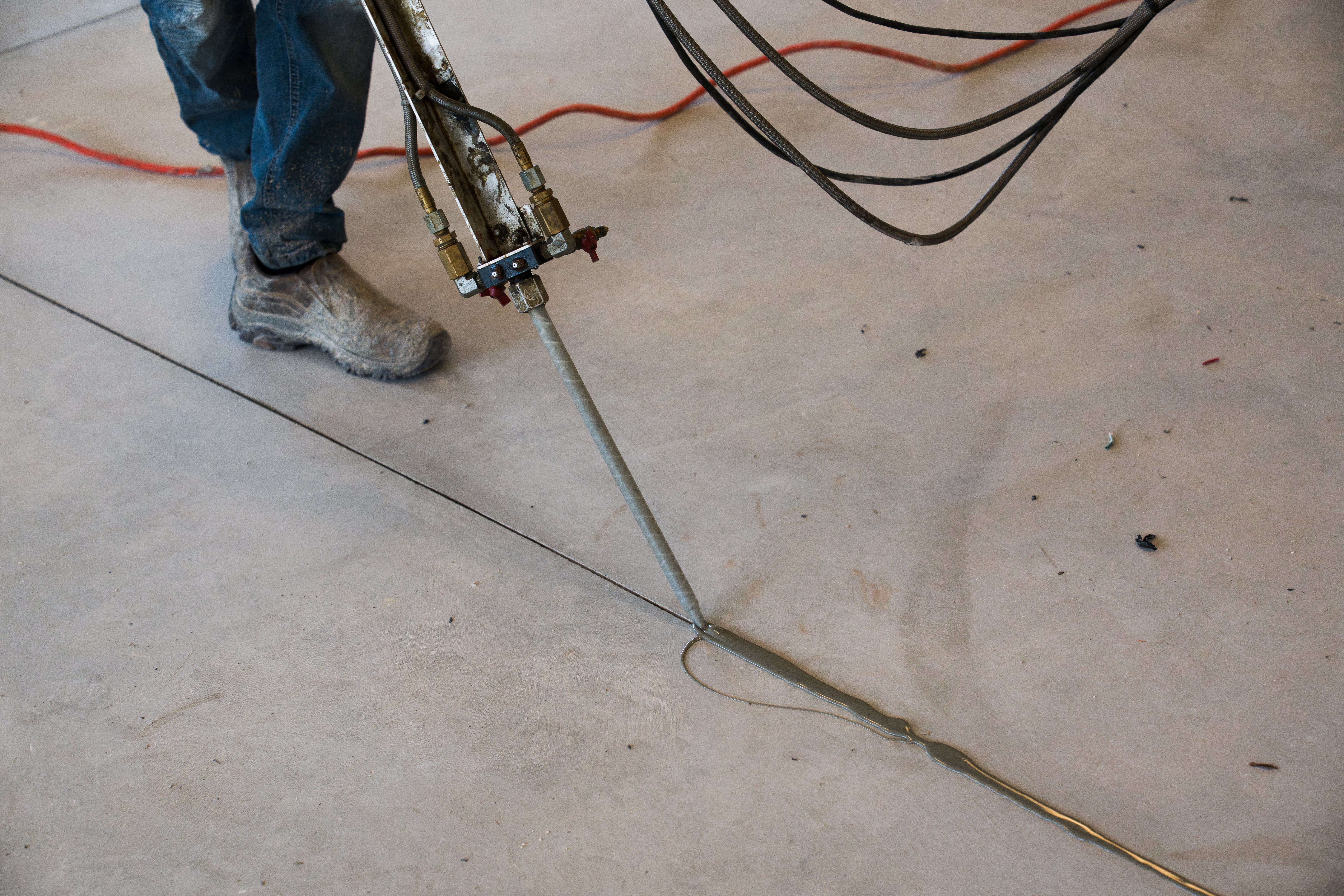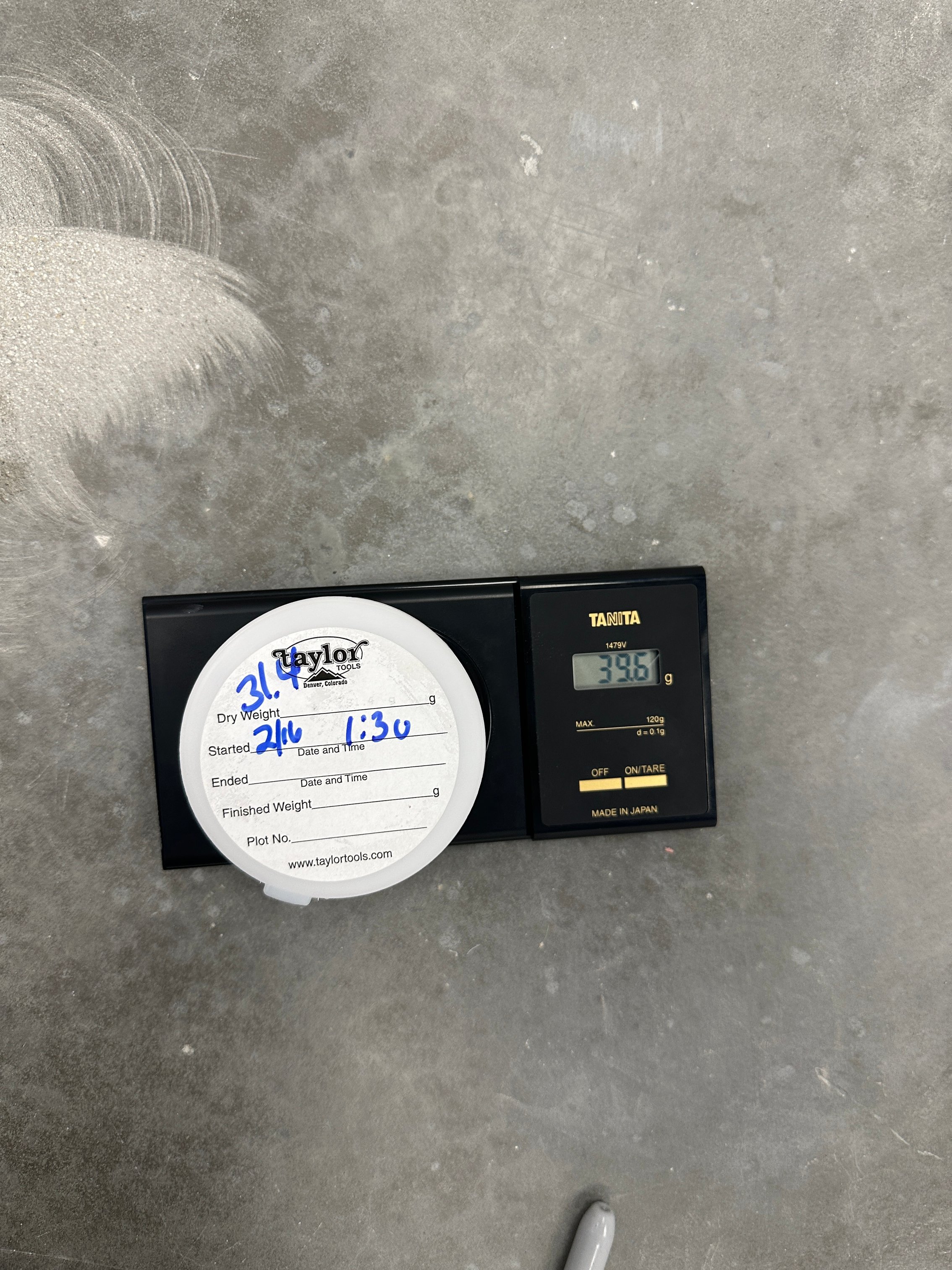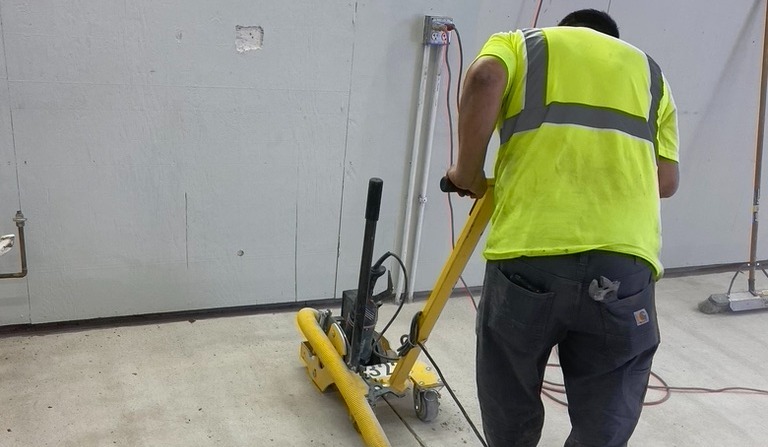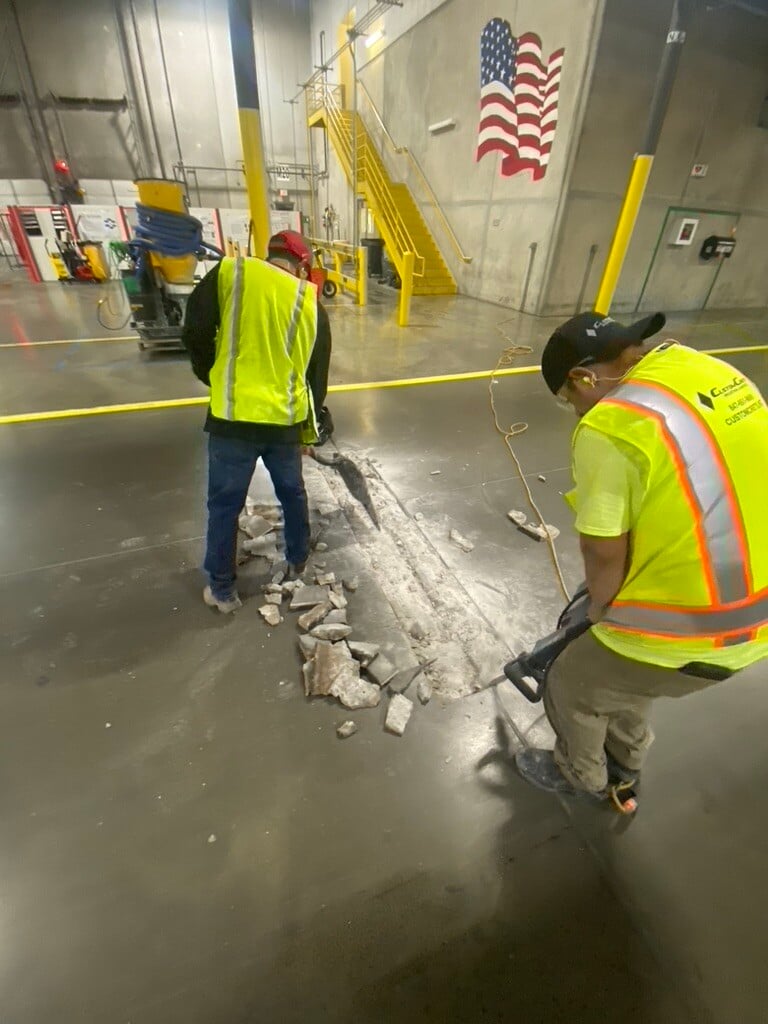How Damaged Joints Affect Forklift Safety and Floor Longevity
October 27th, 2025
3 min read
By Tom Dassie

In warehouse and industrial environments, the floor is more than a surface—it’s part of the safety and efficiency system that keeps operations moving. Forklifts, pallet jacks, and heavy equipment rely on a smooth, durable floor to operate without interruption. But one of the most overlooked weak points is the joints in your concrete slab.
When joints become damaged, the impact goes beyond cosmetic issues. They can directly affect forklift safety, worker productivity, and the long-term health of your concrete floor. In this blog, we’ll explore why joints matter, how damage develops, and what solutions are available to keep your facility safe and efficient.
Why Concrete Joints Are Essential
Concrete naturally expands and contracts with temperature changes, and joints are placed to control where cracks occur. Properly installed and filled joints:
- Absorb movement to prevent uncontrolled cracking.
- Create smoother transitions for forklift and cart traffic.
- Protect slab edges from chipping and spalling.
Without well-maintained joints, daily warehouse activities quickly wear down the slab, creating hazards and costly repairs.

How Damaged Joints Impact Forklift Safety
Damaged joints aren’t just a maintenance issue—they create direct risks for forklift operators and anyone sharing the workspace.
- Trip Hazards and Rough Rides: Uneven joints cause forklifts to jolt when passing over them. This not only makes rides uncomfortable but increases the risk of losing control or spilling loads.
- Damage to Forklifts: Repeated impacts from rough joints wear down tires, suspension systems, and hydraulic components, leading to expensive repairs.
- Operator Fatigue and Safety Risks: Constant jolting and vibration can contribute to operator fatigue, which increases the chance of accidents.
Keeping joints intact isn’t just about floor care—it’s about protecting both operators and equipment.
Long-Term Effects on Floor Longevity
Left unaddressed, damaged joints accelerate floor deterioration:
- Slab Edge Spalling: Forklift wheels repeatedly hitting joint edges cause the concrete to chip and break away.
- Wider Cracks and Gaps: Once filler material breaks down, joints collect debris and moisture, which widen gaps and weaken the floor.
- Moisture Intrusion: Damaged joints allow water or chemicals to seep into the slab, leading to deeper structural issues.
Over time, what begins as a minor issue can lead to significant floor repairs or even partial replacement.
Preventing Joint Damage
Proactive maintenance is key to avoiding costly repairs. Strategies include:
- Regular Inspections: Walk floors regularly to check for cracking, spalling, or missing filler.
- Proper Joint Fillers: Use industrial-grade fillers designed to withstand heavy traffic and chemical exposure.
- Timely Repairs: Address damaged joints early before forklift traffic makes the problem worse.
Facilities that stay ahead of maintenance save money long-term and minimize downtime.
Repair Solutions for Damaged Joints
When damage is found, professional repair can restore joints and extend the life of your floor:
- Joint Refilling: Replacing worn-out filler with durable polyurea or epoxy joint fillers helps protect slab edges.
- Edge Repair: Specialized materials can rebuild chipped or broken edges to restore smooth forklift paths.
- Resurfacing: In severe cases, grinding or patching may be required to level the floor before joints are reinstalled.
By investing in proper joint repair, facilities protect both their floors and their equipment.

FAQs About Damaged Joints, Forklift Safety, and Floor Longevity
- How often should concrete joints be inspected in facilities with heavy forklift traffic?
It’s recommended to inspect joints at least twice a year, or more frequently in high-use areas. Regular inspections help identify early signs of joint filler breakdown, spalling, or widening that could pose risks to forklifts and operators. - What happens if damaged joints are left unrepaired?
Unrepaired joints can cause forklift wheels to hit uneven edges, leading to jolts, safety hazards, and long-term damage to both equipment and flooring. Over time, this neglect can accelerate concrete slab deterioration, resulting in costly structural repairs. - What materials are best for repairing joint fillers in forklift-heavy environments?
Polyurea joint fillers are commonly recommended for forklift applications because of their flexibility, fast cure time, and strong bonding to concrete. In some cases, epoxy fillers may be used, but polyurea is generally preferred for its ability to withstand constant traffic.
Conclusion: Protecting Forklift Safety and Your Investment
Damaged joints in concrete flooring may seem minor, but their impact on forklift safety and floor longevity is significant. Addressing issues early reduces equipment wear, minimizes accidents, and helps maintain a safe, efficient work environment.
Maintaining strong, durable joints isn’t just about protecting your floor—it’s about protecting your entire operation.
Next, learn more about long-term maintenance decisions in our blog: When Is It Time to Repair or Replace Your Concrete Joint Filler?
Topics:




.jpg?width=1200&height=1600&name=Copy%20of%20IMG_1457%20(1).jpg)














